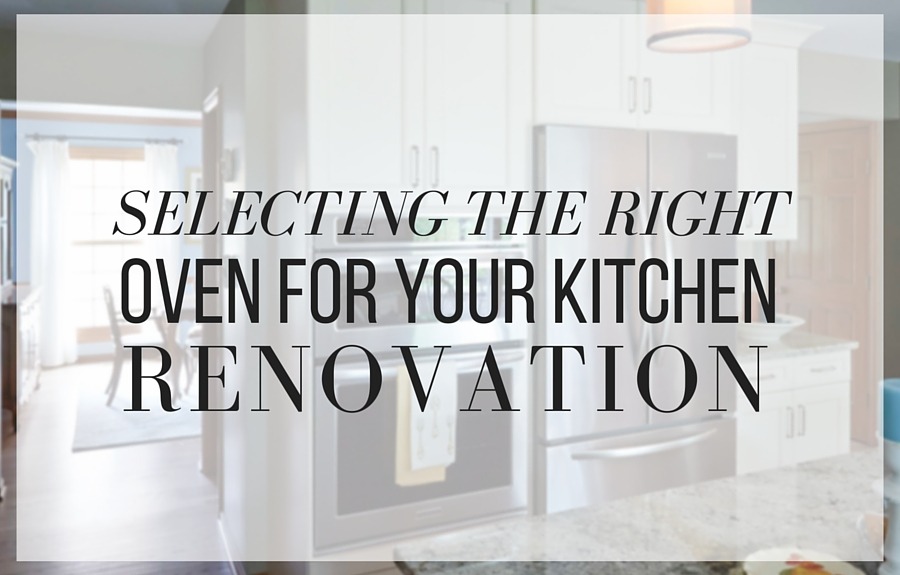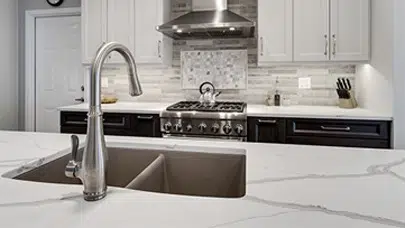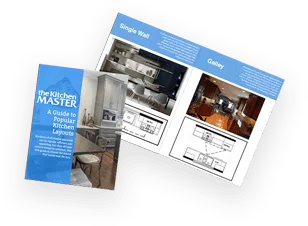Selecting the Right Oven for Your Kitchen Renovation

There was once a time when all ovens were pretty much the same. Whether you were planning to roast a turkey or bake a batch of cookies, you adjusted the temperature, set the timer, checked on the item once or twice and opened the door when the proper time had passed.
Not so today. If you’re planning to modernize your kitchen, you now have a staggering number of choices. It’s exciting, but it can also be confusing.
Making Sense of the Options
Basically, there are two types of oven: separate units that are built in at eye-level, stacked, or installed below counter level; and ovens that are part of a freestanding or slide-in range that also has burners on top.
There are pros and cons to each, and the features you desire can influence your decision. For example, if you cook or bake extensively, you might opt for specialized ovens and warming drawers designed to supplement your needs.
Pro-Style Choices
Several manufacturers have ovens today that would make a professional chef jealous. True convection, convection/thermal and steam cooking shorten cooking time and produce consistently good results with little effort. Ovens have grown wider and bigger over the years. Single and double ovens today are generally 27 or 30 inches wide, rather than the 21, 24 or 26-inch standard of a few decades ago.
Wall ovens sometimes have doors that open to the side like most microwaves. Today even some microwaves have doors that flip down to the front or lift upward, while some oven manufacturers, including GE and Viking, have introduced French-door ovens to match their refrigerators, which is a great choice for homeowners looking for a consistent style in their kitchen renovations. Others feature single combination units that combine an oven and a warming drawer, an oven and a microwave, or all three.
Newer models can be stacked in a way that reflects your preferences, or you can locate multiple ovens in kitchen prep centers, such as a baking oven, a steam oven located near a built-in grill, or a microwave and/or warming drawer near a snack center.
Larger ranges often have a large oven and a smaller size, so you might also want to consider a separate microwave-convection oven, or another special-use oven elsewhere in your remodeled kitchen.
What to Think About
A kitchen renovation, particularly if you alter the existing layout, requires that you consider wiring needs. Most ovens require 220 wiring, and electrical circuitry must handle the increased load. A certified kitchen designer can be your best resource when dealing with logistical needs, but your preferences will determine whether your kitchen is simple or over the top. Trendy kitchens feature creative cooking solutions as well as time-saving methods and advanced technologies.
Smart appliances may well be the norm for the future. Programmable ovens and microwaves have been available for some time. However, LG now has introduced Home Chat, allowing you to converse with your appliances by using a phone app. You can talk to your oven, download or access favorite recipes, turn it on or adjust the temperature with voice commands.
When you’re ready to talk about your kitchen of the future, we would love to show you around our 4,000 square foot Naperville showroom. Why not call for an appointment?
At The Kitchen Master, we’ve helped hundreds of clients create custom kitchens to make their homes more attractive, functional and inviting. Consider some of the following ideas as you plan your renovation to create the kitchen you’ve always imagined. 1. Practical and stylish cabinetry can enhance any kitchen. Kitchens with… Read more
View latest blog posts







